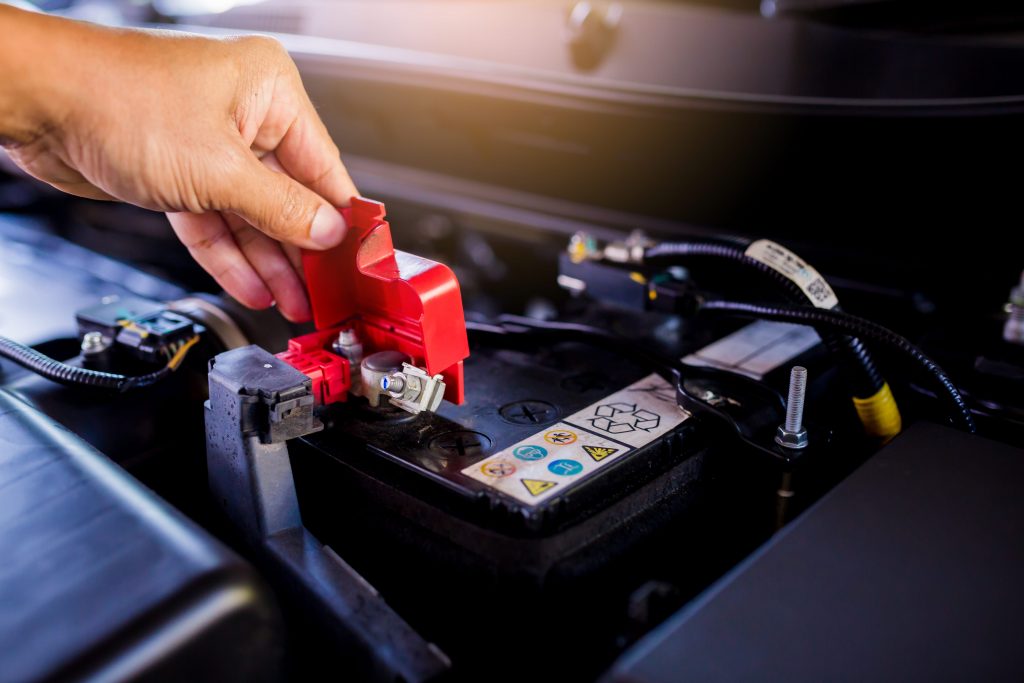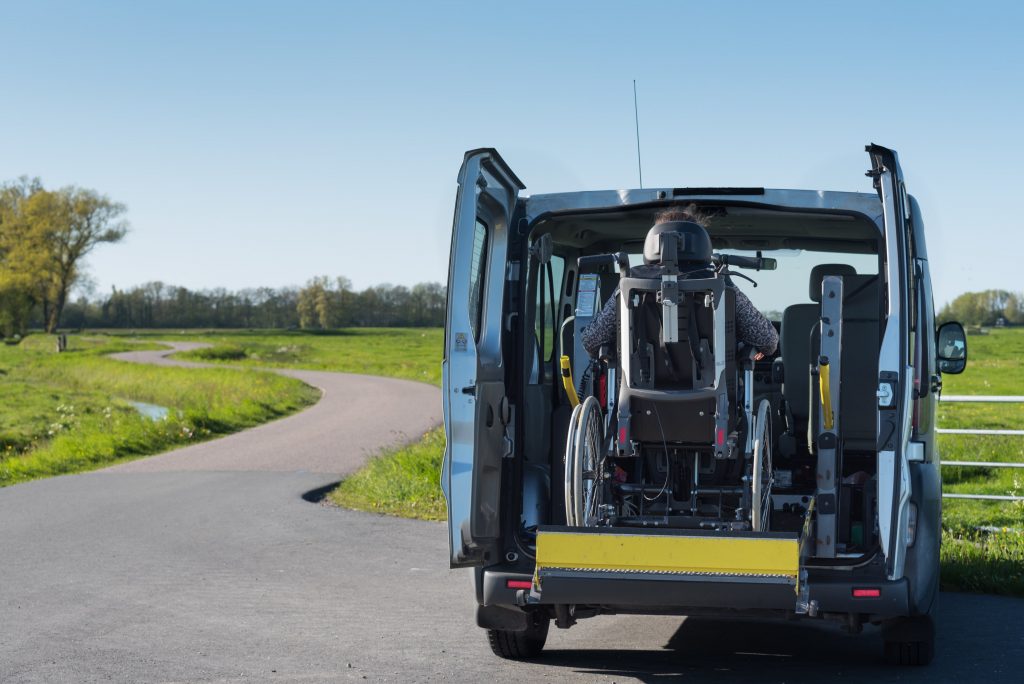Getting back on the road: A safety guide for wheelchair accessible vehicles
Lockdown has affected everyone in lots of different ways and the impact of shielding on wheelchair users has been tougher than most. Restrictions have meant that many of us have been inside for longer than ever before and getting back on the road in your wheelchair accessible vehicle might seem like another tough challenge to face. However, with restrictions easing, and the British weather starting to turn in our favour, it’s a great time to think about getting back on the road. We’ve put together a comprehensive safety guide for wheelchair accessible vehicles so you can make sure you’re ready.
Vehicle safety checks
Vehicle safety checks are essential, and as a road user, it’s your responsibility to make sure your vehicle is safe to drive. If your vehicle has adaptations, such as a hoist, ramp or lift, make sure these are in place and working correctly. Check all equipment is secured when the car is moving, including ramps and your wheelchair. As always, you will need to check your wing mirrors, headrest, rear-view mirror and always wear a seatbelt. Before you get back on the road, it’s important to carry out all of the necessary vehicle safety checks, especially if your car has been on the driveway. According to the UK government’s THINK campaign, you should carry out the following vehicle safety checks if you’re using your vehicle for the first time in a while.
- Tyre tread
- Tyre pressure
- Fuel level
- Water level
- Your ability to drive
- Lights
- Traffic and driving conditions
- Oil level
The driver is responsible for their own and their passenger’s safety, so making sure your vehicle is roadworthy and safe is crucial.
WAV maintenance
If your car hasn’t been driven in a while, then it makes sense to ensure it’s in peak condition before you get on the road. You could take your WAV to your local mechanic to perform a full vehicle check. It’s important to check the engine oil levels, lights, brakes, tyre tread depth, windscreen fluid and tyre pressure before you drive. It’s also important to make sure any adaptations which have been made to the vehicle are in good condition and working properly. If your vehicle has a passenger lift platform, check that anyone who operates it has the correct training and knowledge on how to use it. It’s vital to get a passenger lift platform assessed at least every six months.

Vehicle admin
Keeping a car on the road requires a lot of admin, so it’s essential you make sure your car is fully insured, taxed and your vehicle registration is all in order. Check when your car’s MOT is due if you haven’t been driving in many months, and book one if necessary. If you get the Higher Rate Mobility Component of the Disability Living Allowance or the War Pensions’ Mobility Supplement, you won’t have to pay road tax, but you will need to have an exemption certificate before driving. Make sure you know what to do if your vehicle breaks down and have breakdown cover in place. If you have a new medical condition that might affect your driving ability, including blackouts, seizures, visual conditions, a stroke or diabetes, you must tell the DVLA.
Take a test drive
You want your first drive to be a success, so it’s a good idea to take a short test drive, close to home, on a route you know well to get your confidence up. Make sure you’re in the correct posture for driving and that you are comfortable. If there are any specific instructions for your wheelchair settings, including recline and tilt angles when in transport, make sure to follow these.

It can be strange driving if you haven’t for a while, so by taking a short test trip, you can ensure that your driving ability is up to scratch. If you’re driving, take a friend or family member with you for some extra support if you need it! Look for a quiet route and try and drive at a quiet time, avoiding rush hour or school drop off times. Make sure you know where you’re planning to park and that you have your blue badge with you if you need it.
Get in touch
If your wheelchair accessible vehicle needs insurance before you get out on the road, get in touch today.


